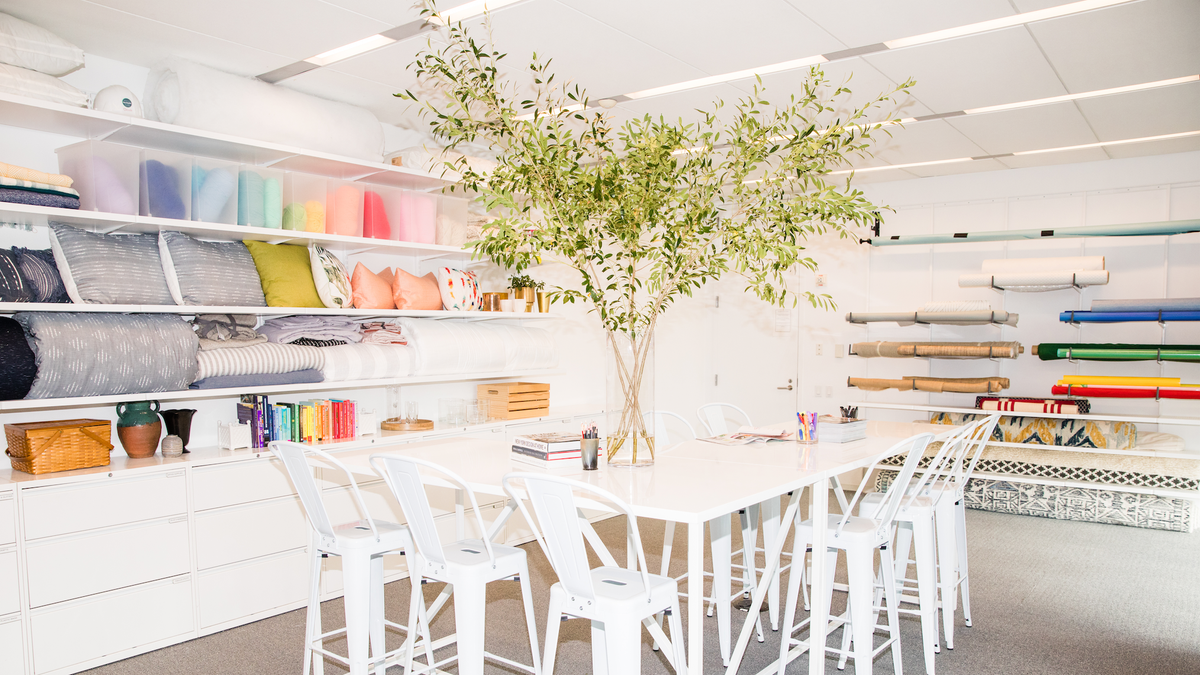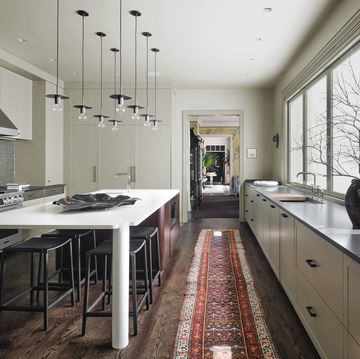Over the past week, one topic has dominated the news cycle and our minds: tariffs. On April 2, 2025, President Donald J. Trump announced a series of tariffs that are expected to impact both the United States and the global economy.
Many design professionals and enthusiasts are left wondering how this executive order will affect our daily lives and the future of the industry as a whole. One question that has arisen is whether shopping for antiques might be a way to avoid dealing with tariffs or rising costs on furniture.
First, it’s important to understand how a tariff functions (especially in relation to antiques). A tariff is a government-imposed tax on products imported from other countries; tariffs are paid by the companies that import goods into the country.
On what was named by the White House “Liberation Day,” Trump announced a minimum "baseline" tariff of 10% on imports from any country into the United States, with exemptions for Canada and Mexico whose previously announced rules will stand. Higher rates apply to countries that administration officials claimed had treated the United States “unfairly.” Some of the 60 trading partners subject to the higher tariffs include China at a 34% tariff, Vietnam at a 46% tariff, and the European Union at a 20% tariff.
The 10% baseline rate goes into effect April 5; the rest of the tariffs begin April 9.
Many home retailers have already seen negative effects from the tariffs: RH, Williams-Sonoma, and Wayfair all saw shares nosedive shortly after the announcement of the tariffs. Meanwhile, office furniture company MillerKnoll reportedly already announced a 4.5% list price increase effective June 2nd.
As companies are reeling and trying to understand the potential impacts of these restrictions on their businesses, others are looking for a beacon of hope amidst the uncertainty like Chairish. The online marketplace highlighted in an Instagram post that shopping for vintage and antique products might be a way to avoid tariffs.
Gregg Brockway, co-founder and CEO of Chairish, explains antique dealers and the industry sit at a unique position at this current time. He explains, “While newly manufactured furniture from overseas will face significant additional taxes, vintage and antique pieces sourced within the U.S. will remain unaffected.”
He adds, “This shift stands to benefit design enthusiasts, as many dealers, galleries, and collectors already have inventory within the U.S. Imported vintage pieces already on the ground will avoid the new tariffs. However, bringing in new inventory from abroad—particularly from Europe and Asia, long staples of high-end design—will become significantly more expensive.”
In an article last updated in May 2024, the U.S. Customs and Border Protection outlined antiques, specifically proven to be 100 years old or older, are classified under Chapter 9706 in the Harmonized Tariff Schedule (HTS), which means they are “duty-free, provided the importer has proof of the goods age (i.e. the year of manufacture).” However, Brockway points out there are a lot of factors to consider when bringing in antiques and vintage furnishings, and dealers and customers should always be prepared to pay additional costs.
He explains some antiques may qualify for reduced rates or exemptions, but “these benefits depend on factors like the item’s origin, age, and classification. The bottom line: If an item must cross a border to be sold in the U.S., tariffs may apply.”
Economists warn that many companies are likely to pass the increased costs of imported goods onto their customers, leading to a significant rise in prices, including furniture. In the current shifting economy, shopping for vintage and antique items already available in the U.S. is a smart and cost-effective way to add unique pieces to your home. At this moment, prices for these items remain stable, but there are still many unknown factors that could further change the industry and market landscape.
Brockway explains, “Tariffs won’t affect the price of vintage and antique pieces already in the U.S.—but that may not last forever. As new import restrictions drive up the cost of sourcing from abroad, dealers and collectors could face growing challenges in replenishing inventory.”
He adds, “While some antiques may qualify for reduced tariffs, most imported items—especially those under 100 years old or not deemed culturally significant—will be subject to higher costs. That added expense is likely to trickle down to consumers as existing inventories shrink.”
Sourcing vintage and antique furnishings domestically has never made more sense as policies tighten and the cost of imported goods increases with the tariffs. While there’s no crystal ball that can predict the future, it’s certain that these tariffs will likely reshape sourcing in the design world, with Brockway noting it may drive up the demand for historic pieces already in America.
For now, shopping at local vintage shops and marketplaces like Chairish, which has a vast inventory primarily located in the U.S., may be a stylish and economic solution for the expected rise in costs.
Sarah DiMarco (she/her) is the associate editor at VERANDA, where she manages the brand's social media and video strategy. She also writes and edits stories each month, covering topics such as design, architecture, art, gardens, travel, trends, wine, and spirits. Prior to joining VERANDA, she earned her Master's Degree in Magazine, Newspaper, and Online Journalism at Syracuse University. In her spare time, she enjoys cooking, jewelry making, and volunteering at the Desert Island Supply Co.













